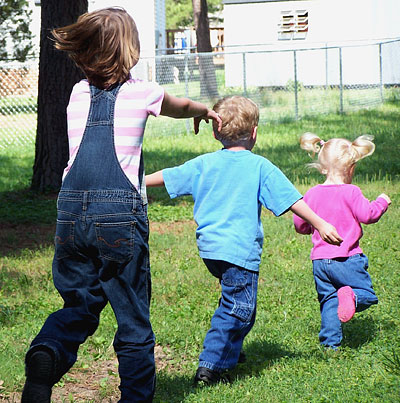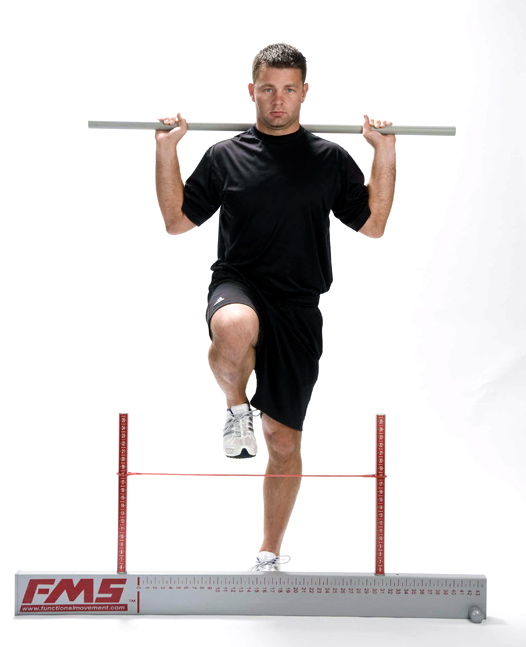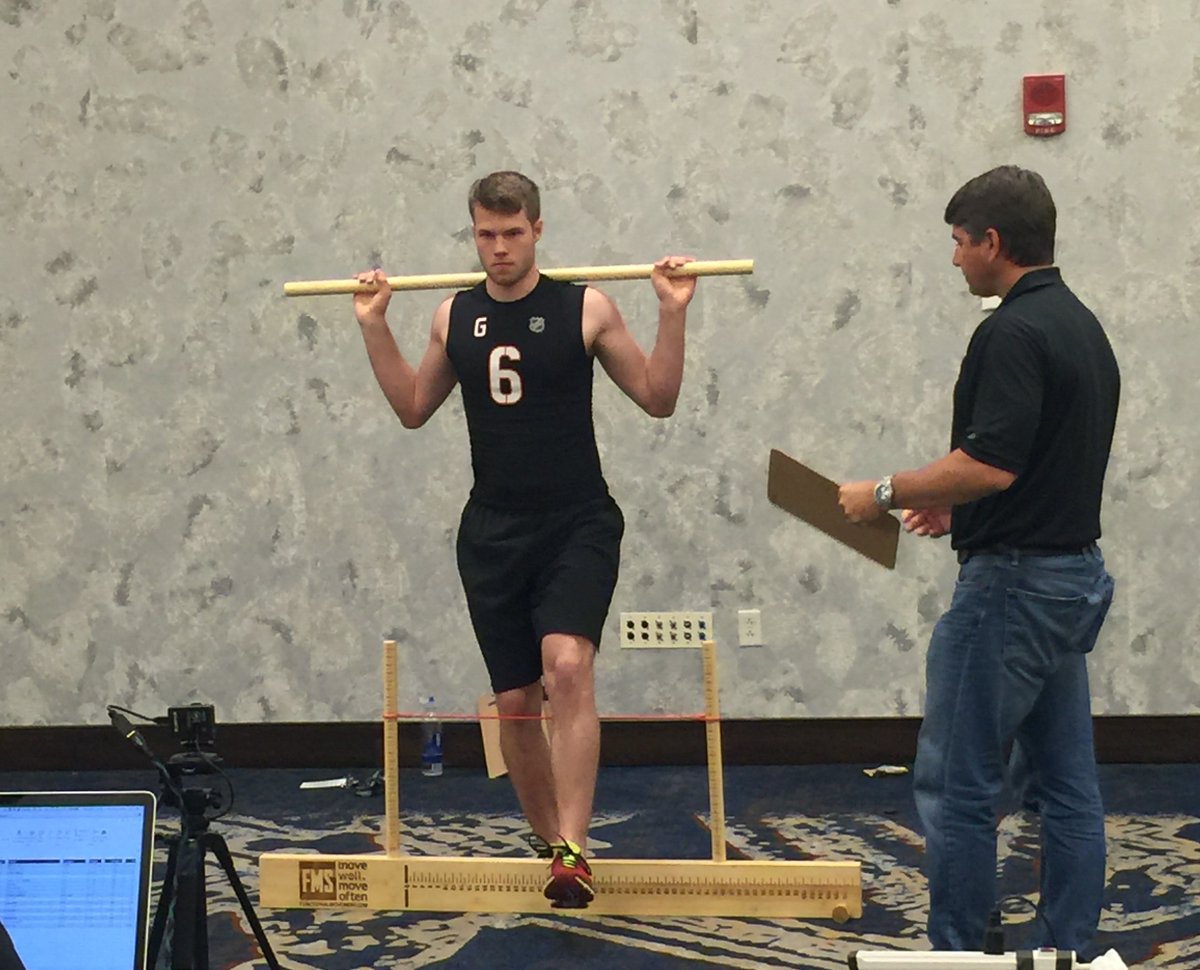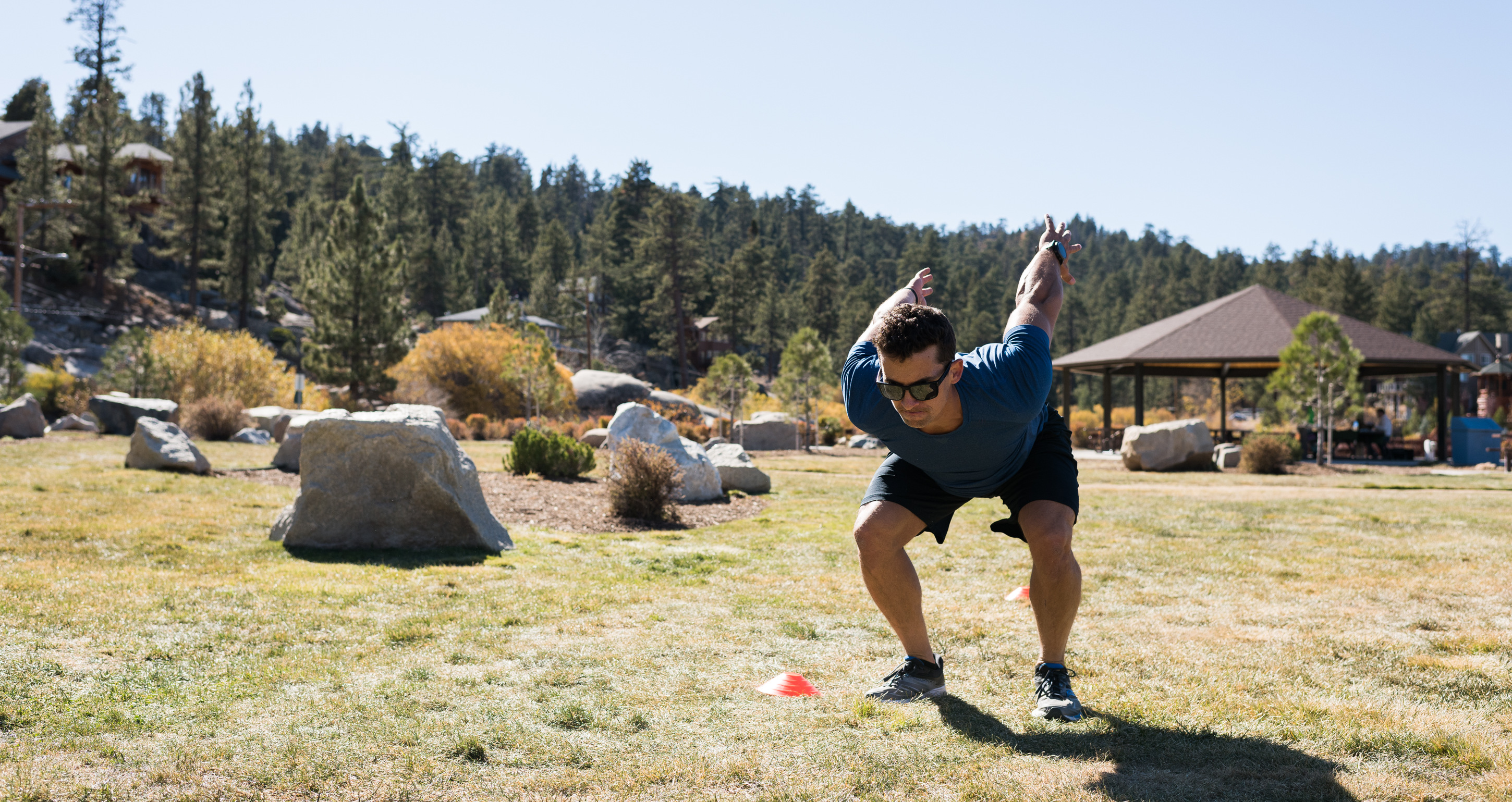Organic Exercise?
Written by Gray Cook FMS
Is there such a thing as organic exercise? The word organic is often associated with concepts like natural, whole, unrefined and authentic. The term that was once only applied to our food is now being applied to our other lifestyle choices as well. As we follow the theme produced by a movement toward organic food— our inputs—we should also consider our outputs. Our exercise and activity choices have been influenced and molded by the same forces that reduced the quality of our foods. Reductionist science once broke down foods in a superficial attempt to improve on nature. In reality, processed food is about profit. The end result achieved profit and produced highly processed, cheap food with an extra long shelf life, and a significant reduction in food quality.
 The book In Defense of Food by Michael Pollan presents a well-researched and compelling story that explains how we have undermined our nutrition in an attempt to save time and money. Ironically, the story also parallels our attempts at exercise and activity: We have regrettably used reductionist science to try to improve movement.
The book In Defense of Food by Michael Pollan presents a well-researched and compelling story that explains how we have undermined our nutrition in an attempt to save time and money. Ironically, the story also parallels our attempts at exercise and activity: We have regrettably used reductionist science to try to improve movement.
Our dissection and analysis of the body has produced isolated exercises that assume movement patterns will spontaneously reset themselves. Analysis is important, but synthesis is also necessary. The brain cannot reassemble movement patterns just because we exercise a few of the obvious parts involved. That is just not how we learn to move as we develop and grow. Our brains and bodies are designed to perceive and behave in multiple environments and learn at an exceptionally fast rate. We are highly adaptable and we synthesize fundamental and complex movement patterns. We also modify and fine-tune our patterns on the move. Our movement learning system rarely benefits from isolated exercises or focus on single body parts. Just like highly processed fortified food, the isolated exercises seem more scientifically complex, and therefore in the public eye, are assume to be better. Unfortunately, analysis and reconstruction often leaves something out. It leaves something out of our food, and it leaves something out of our attempts at exercise and rehabilitation.
“Everything that can be counted does not necessarily count; everything that counts cannot necessarily be counted.” -Albert Einstein
The takeaway - Eat a balanced variety of clean whole foods and exercise in a balanced variety of clean whole movement patterns.
The word clean with respect to food infers that chemicals and unnecessary processing do not alter the natural state of the food. We ensure this with soil quality and limited processing. It implies that the natural state of a balanced diet would leave little need for supplementation unless a medical problem or deficiency is present.
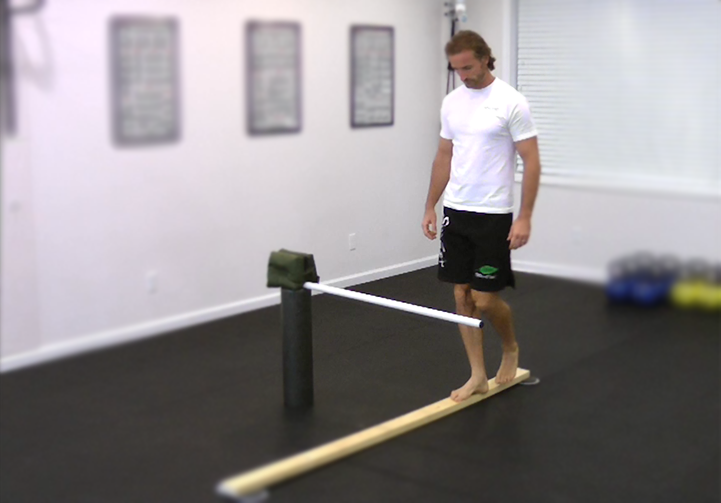 So how can the word clean apply to exercise? First we need a standard for acceptable movement patterns. Unacceptable movement patterns would be associated with levels of injury risk not observed when movement is observed at or above acceptable levels of competency. If a movement pattern is not acceptable or not clean, we should not reinforce the poor movement behavior with exercise. This is like practicing a bad behavior hoping it will improve.
So how can the word clean apply to exercise? First we need a standard for acceptable movement patterns. Unacceptable movement patterns would be associated with levels of injury risk not observed when movement is observed at or above acceptable levels of competency. If a movement pattern is not acceptable or not clean, we should not reinforce the poor movement behavior with exercise. This is like practicing a bad behavior hoping it will improve.
If a movement standard did exist, our next step would be to look at exercise and rehabilitation practices that produced the highest levels of movement quality with the least amount of time and expense, the most efficient methods. We would not expect the best methods and programs to require supplementation, but supplementation in exercise is actually the norm. Nutritional supplementation is not the issue here - movement supplementation is!
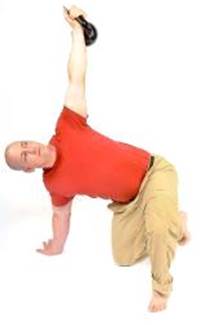 Think for a minute how common it is to hear the fit individual or athlete discuss flexibility or core work. Both flexibility and core work should be part of each exercise movement performed. The brain must combine some degree of flexibility, coordination, balance, strength, endurance and quickness in every movement. Why separate the attributes into packages? Because the compartmentalization suits the way our brains think, but not the way they actually create movement. When we play, dance and perform athletics, we don’t analyze our movements—we synthesize our movements.
Think for a minute how common it is to hear the fit individual or athlete discuss flexibility or core work. Both flexibility and core work should be part of each exercise movement performed. The brain must combine some degree of flexibility, coordination, balance, strength, endurance and quickness in every movement. Why separate the attributes into packages? Because the compartmentalization suits the way our brains think, but not the way they actually create movement. When we play, dance and perform athletics, we don’t analyze our movements—we synthesize our movements.
We analyze movement to improve communication, teaching and to fill our need to verbalize things. But consider for a moment riding a bike. We can do it and we think we can verbalize it, however our verbalization will not benefit the person who cannot ride a bike as will the experience of riding a bike. This thread of discussion does not diminish analysis. It is totally necessary, but it is not sufficient. Synthesis is required to complete the learning process. The lesson here is to strive for synthesis in exercise and rehabilitation. The task before us is to match our methods to movement principles and create standards that provide baselines and objective feedback.
We would not think much of the nutritionists who said keep eating the same bad foods, but will design all the supplements needed to balance public nutrition… or maybe we would. Maybe that is what the public wants exercise and rehabilitation experts to do, too, but the results will not be good. Five minutes of flexibility work, 10 minutes of core work, 30 mindless minutes on a treadmill after sitting all day can barely put a dent in a body designed to move in wonderfully complex patterns. The treadmill is not the problem.
The Movement book is designed for the exercise and rehabilitation professional. It discusses how we have tried to improve on Mother Nature with reductionist science and isolated solutions.
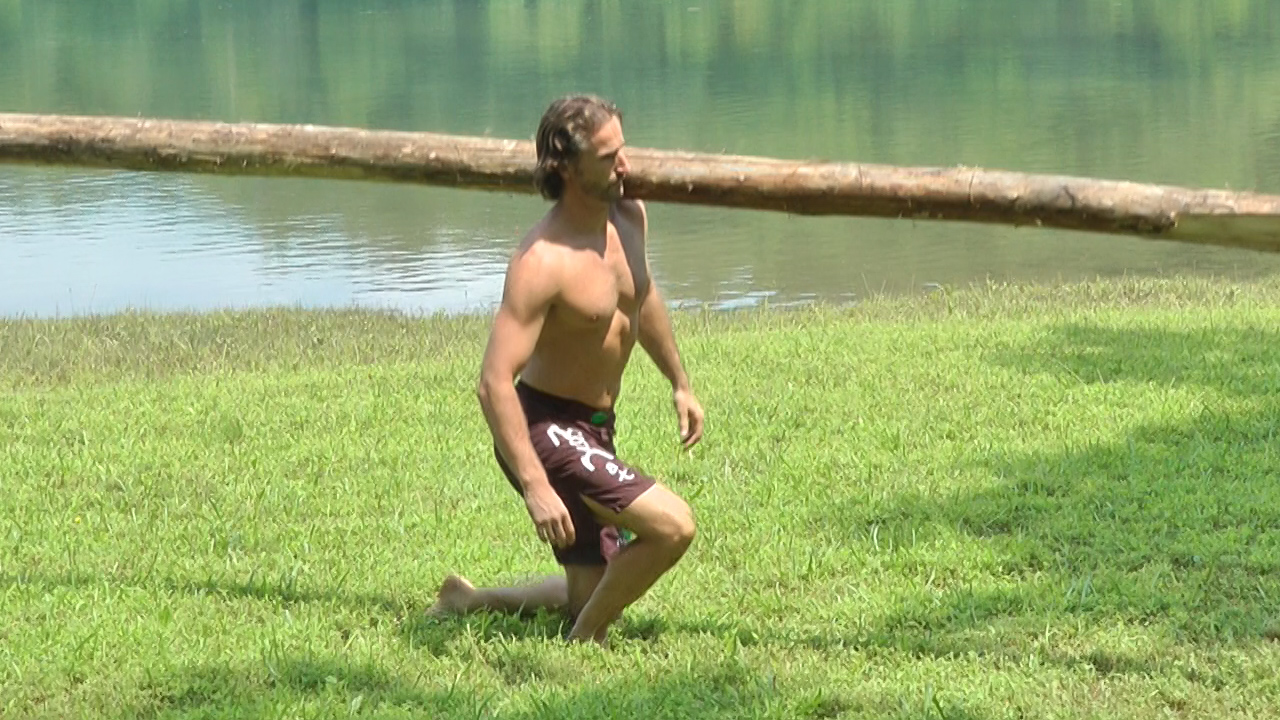
Modern society affords us the time, convenience and education to apply the best methods of nutrition and exercise. The problem is we do not have a systematic approach that produces the desired result. Of all the cultures on this planet, westerners should be the most physically robust. However, our diet- and exercise-obsessed culture has actually produced the opposite, and this will even be more evident in our next generation. The products and practices that can foster a more holistic lifestyle are readily available to us. We simply need logical, objective systems because systems, unlike programs, will require each of us to complete necessary steps before progressing. Systems will hold our progress to a standard and not let us skip steps, assuming we can outsmart Mother Nature. They will direct us how to grow more authentic and regain our natural organic roots.
Related Resources
-
Western Movement
Posted by Gray Cook
-
FMS at the NHL Combine
Posted by FMS
-
It's Just Movement
Posted by Eric D'Agati
Please login to leave a comment
3 Comments
-

joe daniels 12/18/2014 7:14:13 PM
love this article. I used to be a national level competing bodybuilder. Even though i still focused on aesthetics i always knew the best way was to train the body as a unit not as isolated actions. it wasn't until I stopped competing in bodybuilding and started kettlebell sport lifting that I realized that i was less injury prone and felt better overall t getting rid of isolation activities. ( unless you think of corrective functions such as internal / external rotation of should for example) thanks Gray.
-

Megan Jeffery 6/4/2015 5:47:52 PM
I am so glad I found this website! It more eloquently and specifically describes the personal philosophy of movement I have been developing over the past few years as a result of personal dancing experience and inspiration from Bruce Lee's philosphy. Cant wait to read the book. Thanks for this work.
-
Chip Baker 12/18/2014 7:03:58 PM
Great article! I'm passing this on for sure.


